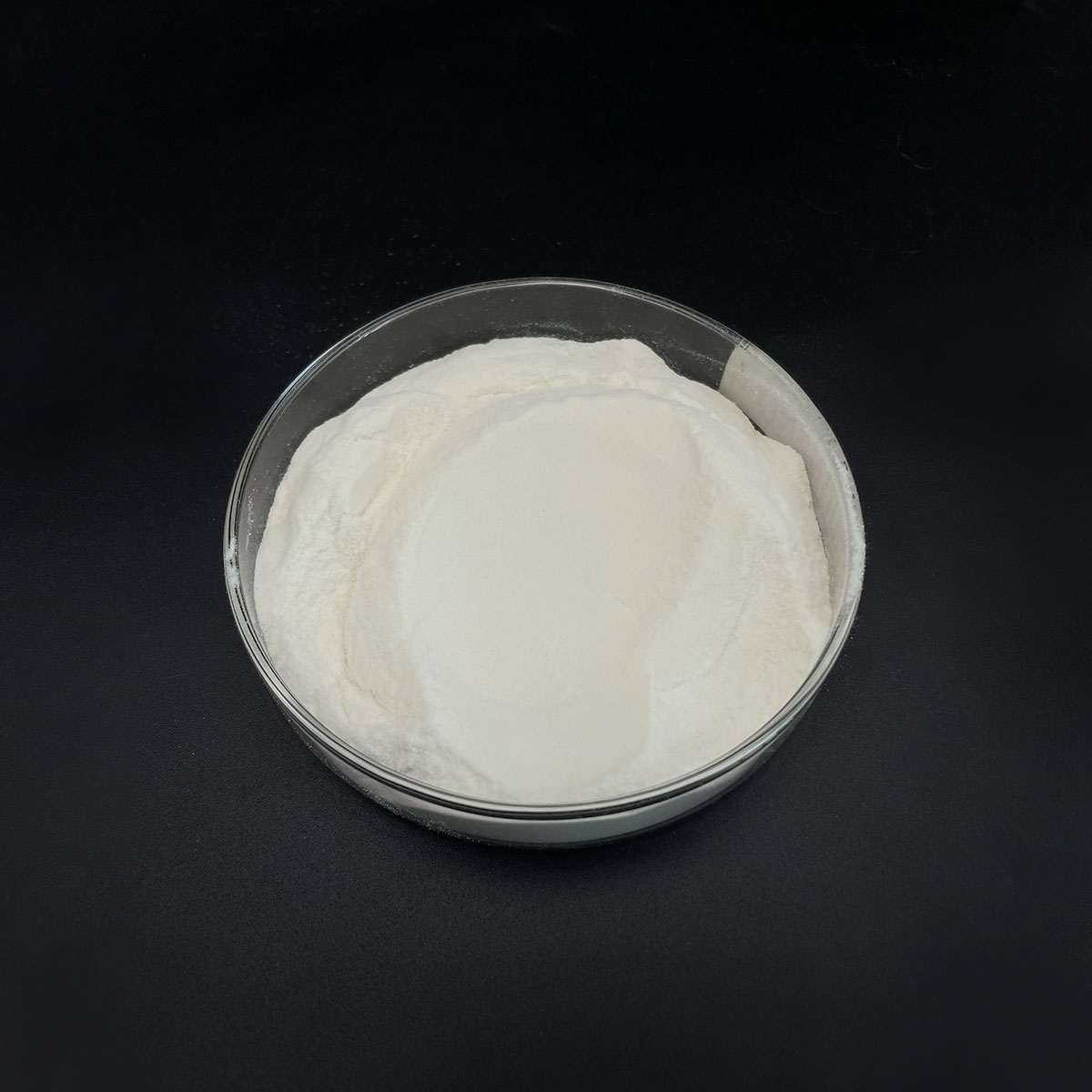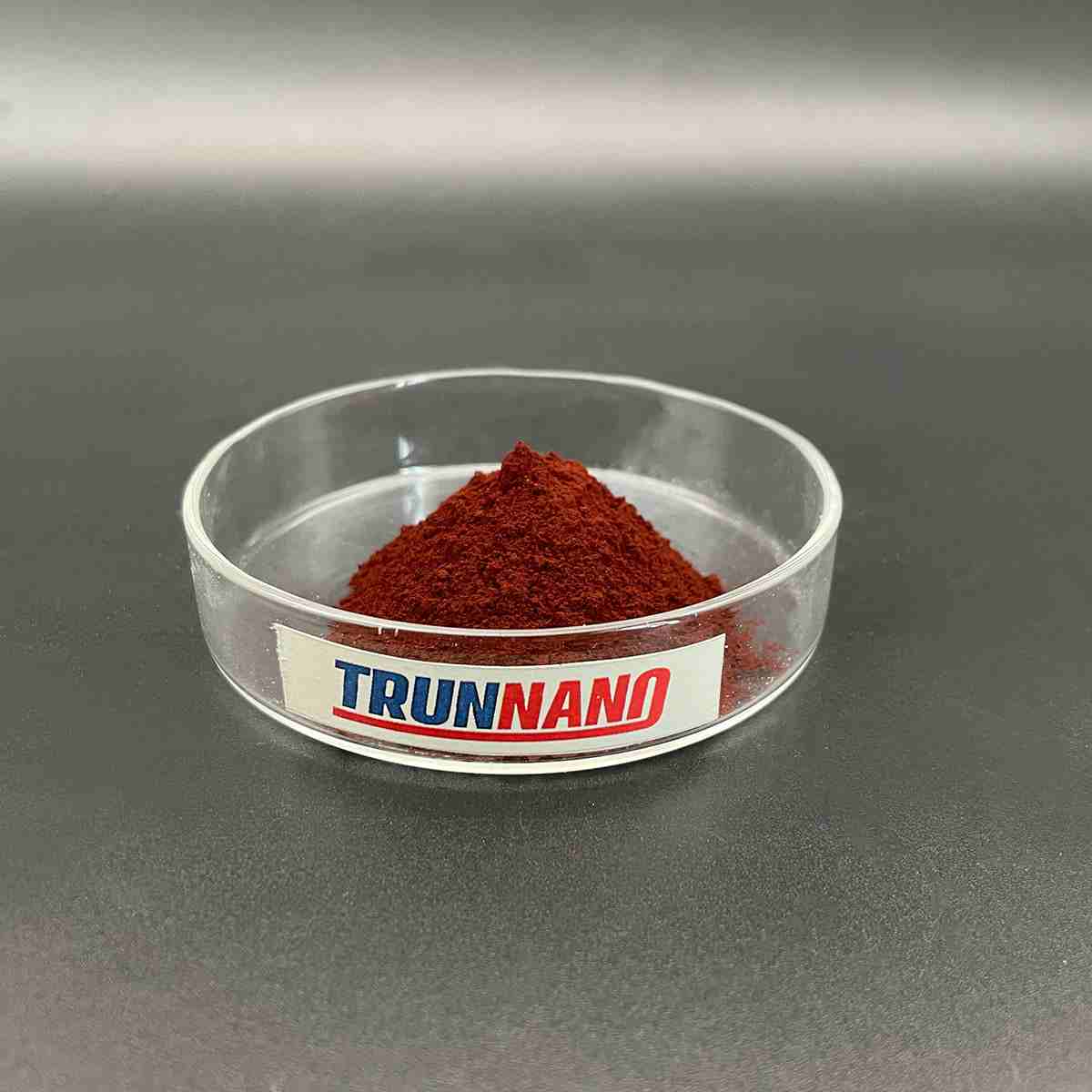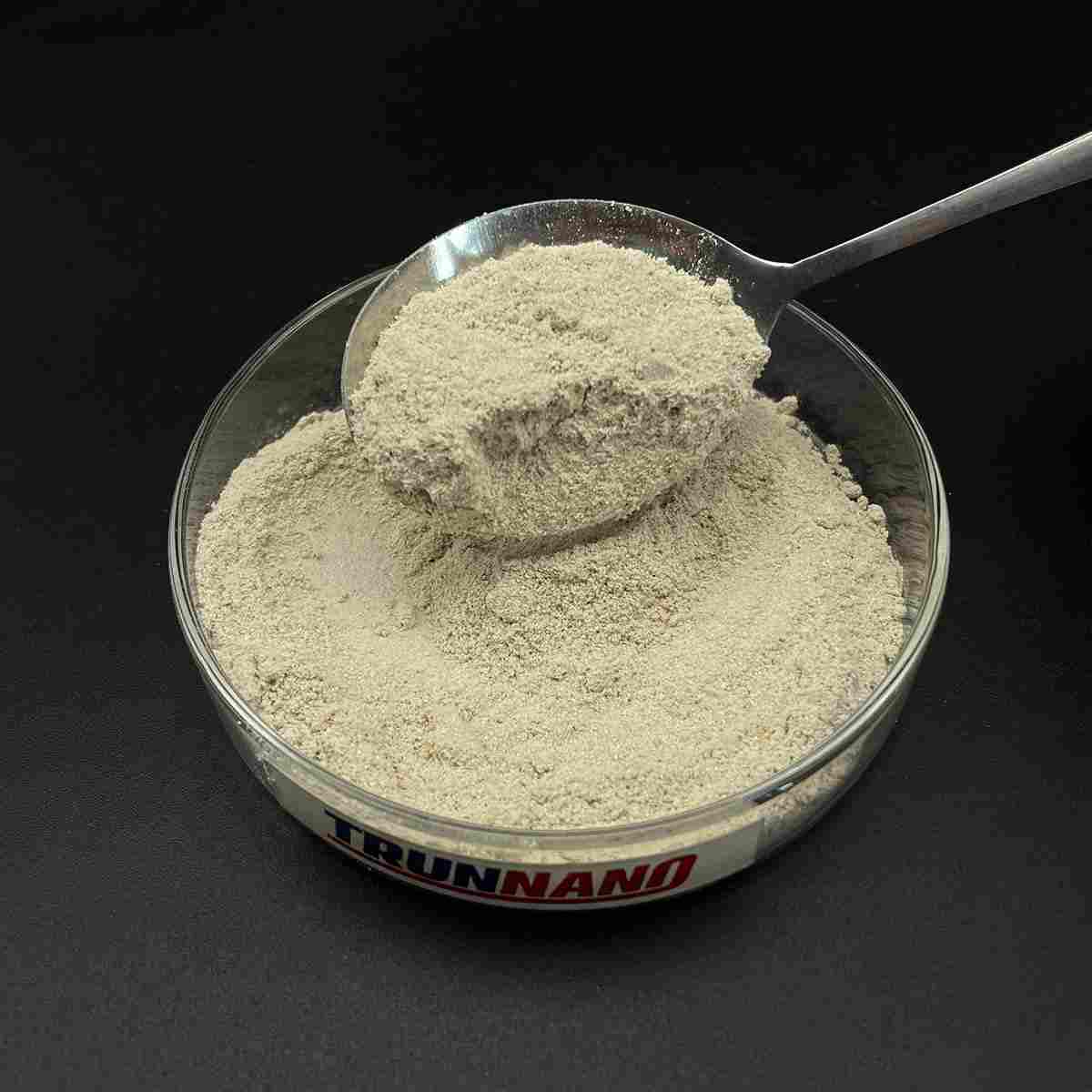Overview of CAS 1304-82-1 N P Type Semiconductor Thermoelectric Materials 99.99% Bismuth Telluride Powder Bi2Te3 Powder
Telluride and selenide compounds play a significant role in the field of semiconductors, particularly in the development of advanced electronic and optoelectronic devices. These materials belong to the chalcogenide family, characterized by their ability to form compounds with elements from groups IV-VI in the periodic table.
Tellurides: Compounds containing tellurium (Te) as the chalcogen. Examples include cadmium telluride (CdTe), mercury telluride (HgTe), and zinc telluride (ZnTe). These materials have found applications in solar cells, infrared detectors, and high-speed electronics due to their tunable bandgap, high electron mobility, and good thermal stability.
Selenides: Similar to tellurides, but with selenium (Se) replacing tellurium. Notable examples are cadmium selenide (CdSe), gallium selenide (GaSe), and zinc selenide (ZnSe). Selenide compounds are widely used in light-emitting diodes (LEDs), laser diodes, and solar cells due to their direct bandgap properties and efficient light absorption/emission capabilities.
Feature of CAS 1304-82-1 N P Type Semiconductor Thermoelectric Materials 99.99% Bismuth Telluride Powder Bi2Te3 Powder
Direct Bandgap: Many telluride and selenide semiconductors have direct bandgaps, which facilitate efficient light emission and absorption processes. This makes them suitable for optoelectronic applications such as LEDs and lasers.
Tunable Bandgap: The bandgap of these materials can be adjusted by alloying or altering the composition (e.g., CdSe to CdTe), enabling customization for specific device requirements across a wide spectrum of wavelengths.
High Electron Mobility: Materials like HgCdTe exhibit high electron mobility, which is crucial for high-speed electronic devices and low-noise detector applications.
Thermal Stability: Some tellurides and selenides, like ZnTe and ZnSe, demonstrate good thermal stability, making them suitable for high-temperature operation and processing.
Non-Toxic Alternatives: With increasing environmental concerns, there’s a push towards exploring less toxic alternatives to commonly used semiconductors. For instance, Cd-based tellurides and selenides are being replaced or combined with less toxic elements like Mg or Mn in some applications.

(CAS 1304-82-1 N P Type Semiconductor Thermoelectric Materials 99.99% Bismuth Telluride Powder Bi2Te3 Powder)
Parameters of CAS 1304-82-1 N P Type Semiconductor Thermoelectric Materials 99.99% Bismuth Telluride Powder Bi2Te3 Powder
Bismuth Telluride (Bi2Te3), CAS number 1304-82-1, is a highly sought-after thermoelectric material classified as an N-type semiconductor due to its unique electronic properties. This compound consists of two bismuth atoms (Bi) chemically bonded with three tellurium atoms (Te), forming a crystalline structure that exhibits exceptional thermal-to-electric energy conversion efficiency.
N-type semiconductors, like Bi2Te3, possess free electrons that facilitate the movement of electrical current. The tellurium atoms in the crystal lattice donate their valence electrons to the bismuth atoms, creating an imbalance in charge carriers and thus, a net negative charge. This property makes Bi2Te3 ideal for thermoelectric generators and coolers, where it can convert temperature differences into electricity or vice versa.
One of the key features of Bi2Te3 powder is its high purity level, reaching 99.99%. This level of purity ensures minimal impurities, which can hinder the performance of the material in thermoelectric devices. The high purity Bi2Te3 allows for efficient heat transfer and minimal scattering of charge carriers, resulting in improved thermoelectric efficiency.
The powder form of Bi2Te3 is particularly advantageous due to its large surface area, which enhances its ability to absorb and dissipate heat effectively. It can be processed into various shapes and forms, such as pellets, films, or nanostructures, depending on the application requirements. The fine particulate nature of the powder also enables better mechanical stability and compatibility with different substrates during integration into devices.
The thermoelectric properties of Bi2Te3 are influenced by factors such as composition, crystal structure, and temperature. Researchers continuously strive to optimize these parameters to improve the material’s figure of merit (ZT), a critical parameter that quantifies the efficiency of a thermoelectric material. By controlling the doping levels and optimizing the microstructure, scientists aim to enhance the Seebeck coefficient, electrical conductivity, and thermal conductivity, all while maintaining a low lattice thermal conductivity.
In recent years, Bi2Te3 has garnered attention for its potential applications in waste heat recovery, renewable energy generation, and cooling technologies. It is used in power generation modules for converting waste heat from industrial processes or automotive engines into electricity, as well as in portable cooling systems that do not rely on refrigerants or mechanical compressors.
However, challenges remain in scaling up the production of high-quality Bi2Te3 and developing cost-effective manufacturing processes. Despite these obstacles, the promising thermoelectric performance of Bi2Te3 continues to drive research and innovation in the field of energy harvesting and thermal management.
In conclusion, Bi2Te3, with its CAS number 1304-82-1 and N-type semiconductor properties, is a highly pure thermoelectric material with excellent potential for converting temperature differences into electrical energy. Its unique crystal structure and high purity make it a valuable component in various applications, from waste heat recovery to advanced cooling technologies. Ongoing efforts to optimize its properties and manufacturing processes promise to further enhance its performance and expand its utility in the realm of sustainable energy solutions.

(CAS 1304-82-1 N P Type Semiconductor Thermoelectric Materials 99.99% Bismuth Telluride Powder Bi2Te3 Powder)
FAQ of Semiconductor Materials
Inquiry us






